Explore some of the region’s beautiful trees this summer, starting with five common tree species.
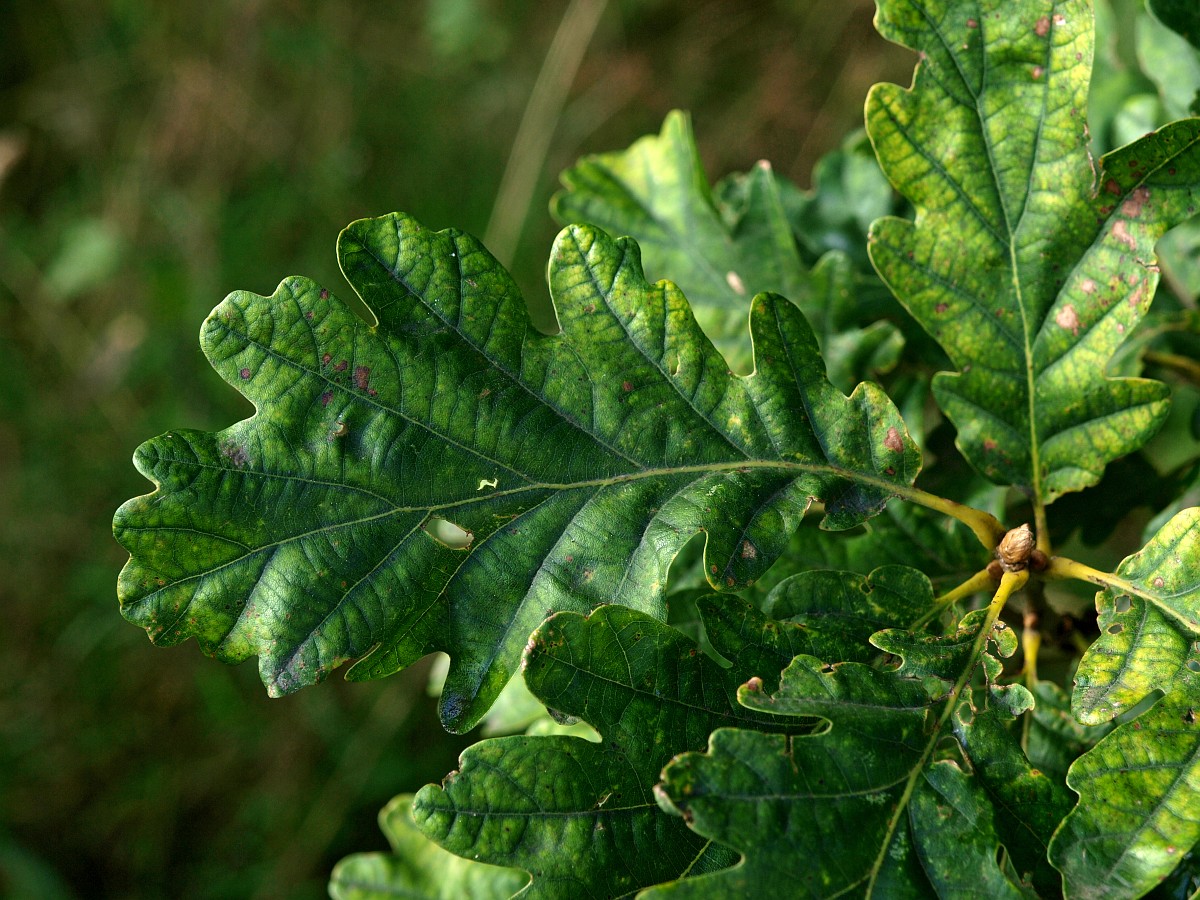
Oaks
In Britain, we have two native oaks, the Pedunculate and Sessile Oaks. Both of which can be encountered here in the North East. Oaks have distinctively lobed leaves. The Sessile Oak has a long leave stalk connecting the leaf to the twig while the Pedunculate Oak is virtually stalkless.
In autumn, oak trees will produce acorns, which provide an important food source for mammals such as Red Squirrels. Birds such as Jays will also cache these for the cold winter months.
Did you know?
Oak trees support 2,300 species which include birds, mammals, insects, and fungi throughout its entire life.
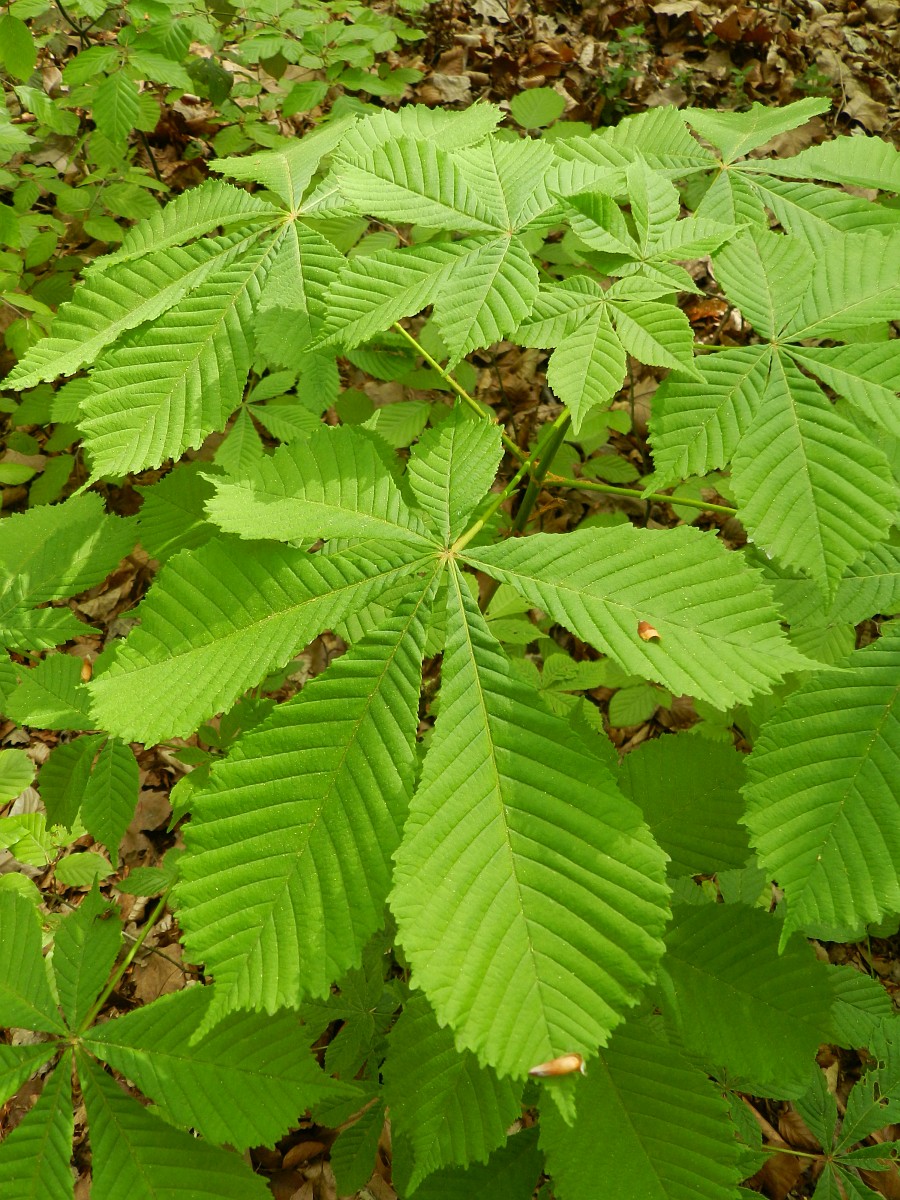
Horse Chestnut
These large trees can grow to an impressive 40 metres in height. Its spreading leaves are split into five toothed and distinctive leaflets – a leaf structure known as palmate.
In spring, this plant bears white flowers which pollinators adore for nectar. Come autumn, these flowers will turn into chestnuts which are also known as conkers.
Did you know?
A game, known as Conkers, has been created using Horse Chestnuts. It involves threading a string through the middle of the chestnut and taking turns striking the opponent’s chestnut until one breaks.
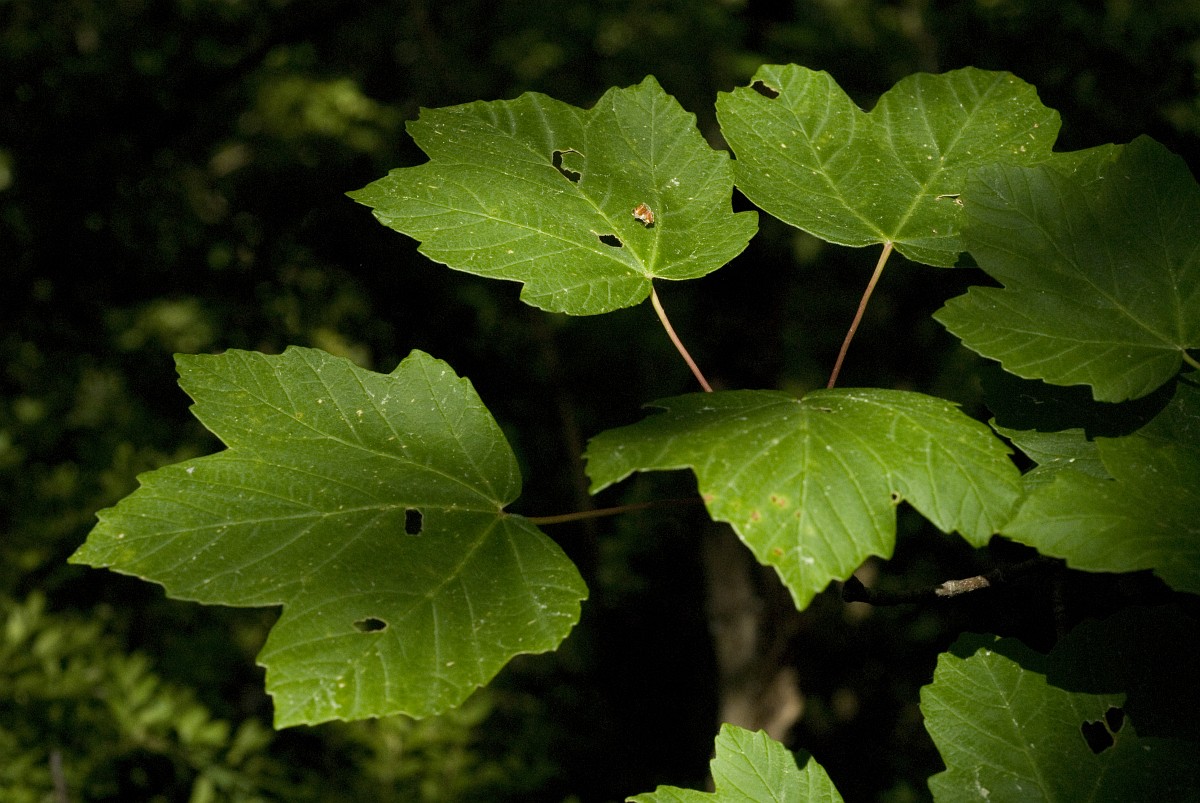
Sycamore
A widely distributed tree found in woodlands and parks, growing up to 35 metres in height. It has broad palmate leaves with five lobes. In autumn, wings fruits sometimes known as “helicopters” are produced, spiralling in the air as they fall and disperse from the mother tree.
Its wood was commonly used for wood carving from furniture to kitchenware. Spoons were carved from Sycamore and gifted as an expression of love in the past.
Did you know?
While there are a lot of traditions involved with the Sycamore, it is in fact a non-native species thought to be planted by the Romans or introduced in the 1500s.
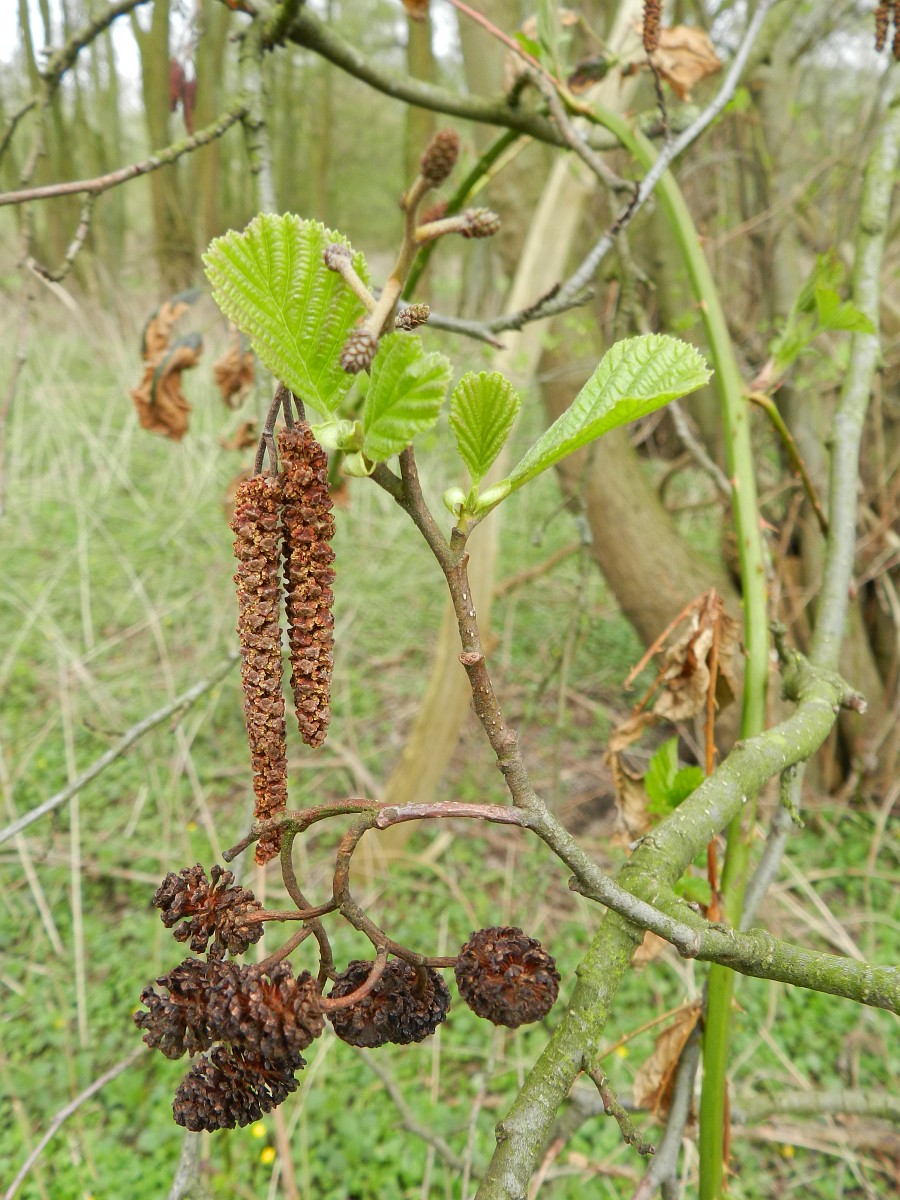
Alder
Alder can be found growing in wetlands and the margins of water bodies. Its leaves are dark green and rounded. The leaf tip is often indented but never pointed. I winter, the buds of Alder are a lovely mauve colour.
Male and female flowers come in the form of catkins and cones, with the female catkin becoming cone-like in winter. After rain, the brown female catkins often tint the water droplets dripping from the cone a dark brown colour from its tannin content.
Did you know?
The roots of Alder host a nitrogen-fixing bacteria, allowing it to grow on nutrient-poor soils.
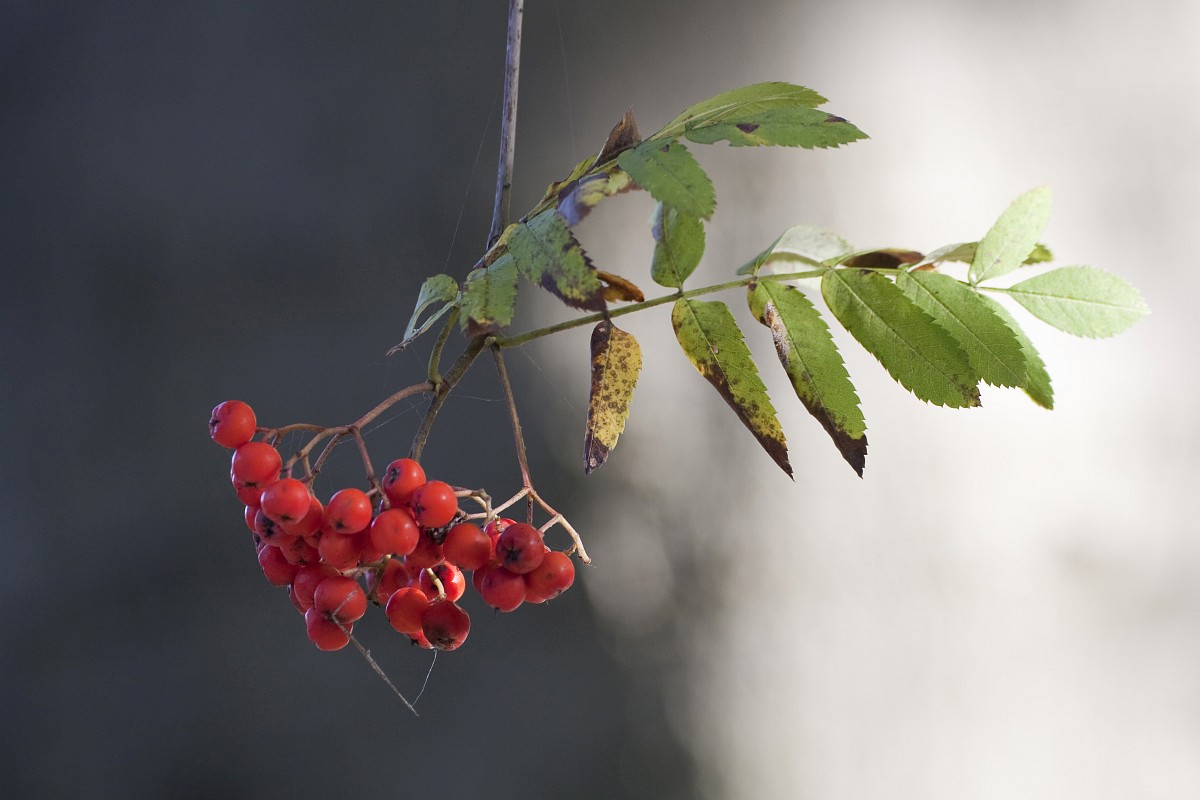
Rowan
This tree can be found along hedgerows and roadsides. Its leaves are pinnate, with up to eight serrated leaflets.
It bears a cluster of white flowers which becomes red fruits in the winter. The fruits part particularly favoured by thrush from our native Blackbirds, Song and Mistle Thrushes, to our winter migrants, Redwings and Fieldfares. Rowans are also a particular favourite of overwintering Waxwings.
Did you know?
Rowan is said to have the ability to ward off evil spirits and witches.
Find out about some of the other trees you can encounter in the urban environment with NHSN Senior Naturalist, James Common, in our latest YouTube video below.
More botany videos can be found by visiting our YouTube Channel here.
Find out about how to identify some of the trees in winter here.